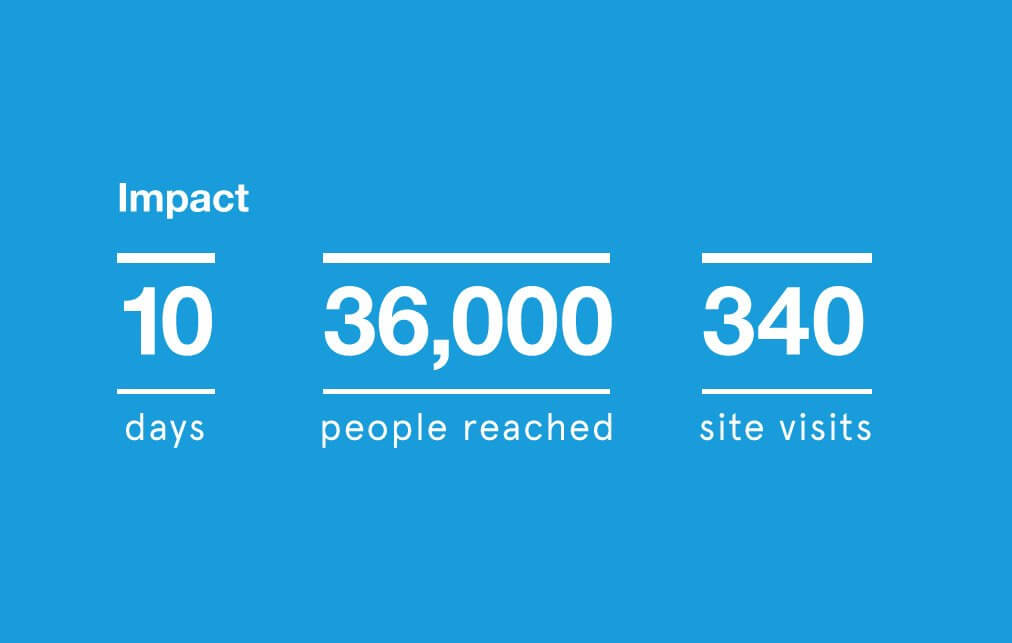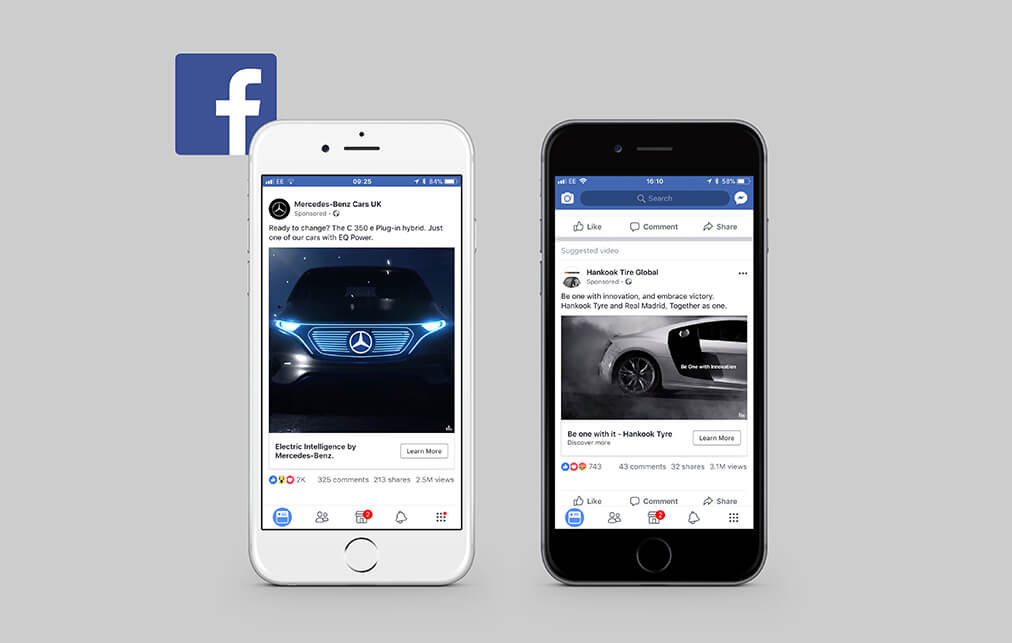Missed the important digital marketing news and updates from last week? We’ve got you covered with the WDA Digital Marketing Round-Up.
Google Gives Ads Report Editor A Visual Upgrade: Report Editor allows advertisers to visualise campaign performance without having to leave the Google Ads interface. Google has now given it a new look which looks more like Data Studio and enhances the user experience.
Shopping Deals to be Highlighted: Google is further helping e-commerce brands to boost product exposure and sales by highlighting the best Shopping promotions in Search results while also enabling shoppers to get the product they desire for the best price possible. These updates also apply to free shopping listings!
Social
Instagram Live Stream Time Limit Gets Extended: Live streaming continues to grow in popularity and Instagram has now made it possible for content creators to go live for four hours instead of just one hour, before the update. This enhanced flexibility to stream for longer may see more users going live on Instagram. Also, Instagram has made live streams easier to discover with a “Live Now” section added to IGTV.
YouTube Mobile Experience Improved: YouTube is improving its user experience on mobile devices with some new updates. The updates include:
- A more streamlined player page with closed captions and autoplay toggle buttons moved to the top and other buttons rearranged.
- New gestures including a swipe up to enter full screen and down to exit.
- Bedtime reminders for digital wellbeing.
- Suggested actions such as prompting the user to rotate their phone if the experience will be improved.
- Better use of video chapters.
Pinterest Updates: Pinterest is set to launch new updates and features specifically designed to help merchants to generate more sales. The latest suite of merchant tools and updates includes:
- Merchant storefront profile and discovery.
- Product tagging.
- Product catalogues.
- Automatic bidding.
- Conversion analytics.
LinkedIn’s Virtual Events More Discoverable: LinkedIn has made it easier for users to discover virtual events on the platform to boost attendance. The update will also enable event organisers to capture leads from those that sign up.
TikTok Partners With Shopify: TikTok makes another leap towards in-stream commerce with its new partnership with Shopify. Here’s what TikTok had to say…
“Today, we’re announcing a global partnership with Shopify that will help more than a million merchants create and run campaigns directly geared toward TikTok’s highly engaged community.”
Other
Microsoft Clarity Out of Beta: Microsoft Clarity is a free tool that enables site owners to better understand visitor behaviour with visual heatmaps, session playbacks and more – all with the main goal of improving the overall user experience. It was launched as a closed beta in 2018 and is now officially out of beta! Check it out here: https://clarity.microsoft.com/
Tripadvisor Updates to Help Hotels and Restaurants: The hospitality sector has been hit particularly hard by COVID-19. As this makes for Tripadvisor’s main audience, they’ve been aiming to introduce more products, services and features to help restaurants and hotels to gain insights and boost visibility. The latest updates launched include:
- Listings and menu syndication.
- Predicting room demand with Spotlight and Reputation Pro.
- Review aggregation and solicitation.
WDA’s Highlight of the Week
Our highlight for this week is the extension of Instagram’s Live Stream time limit.
With live streaming continuing to rise in popularity and users more “content hungry” than ever, it’s a necessary update for one of the biggest social platforms to compete better in the live streaming space. Whilst Twitch offers far more flexibility in live streaming, it’s still mostly considered a community for gamers. Before the update, once the hour mark was reached, the stream would cut out automatically and you’d lose the audience. The time extension stops this from happening, keeping viewers engaged on longer streams. We’d recommend businesses to start taking advantage of Instagram Live streams with Q&A sessions, live interviews and more.

